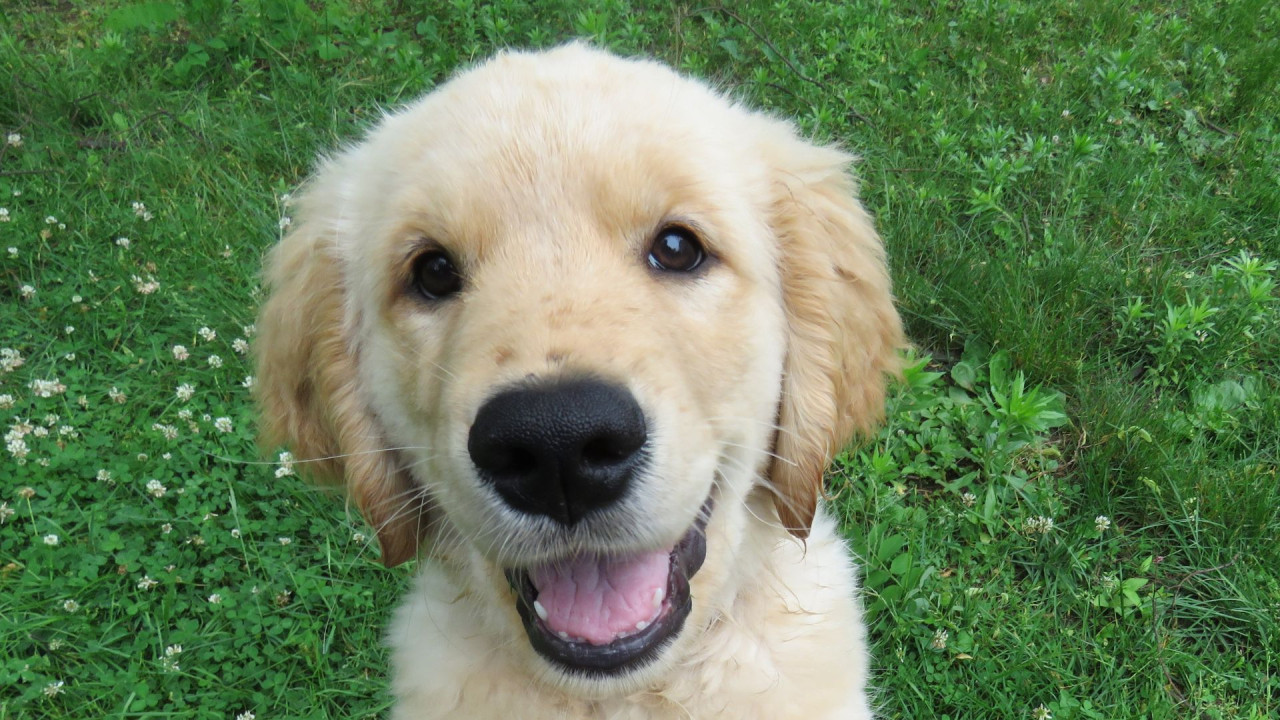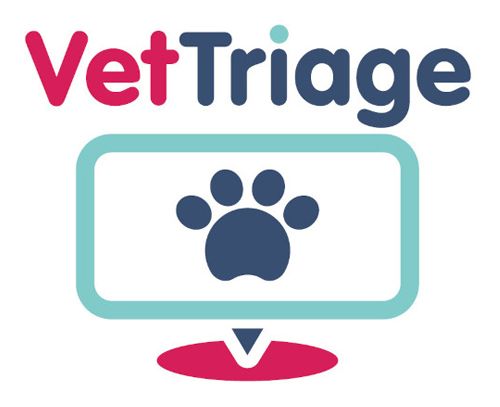Cruciate Ligament Surgery in Dogs: Recovery and Rehabilitation for Plainfield Pets
Has your playful pup suddenly become reluctant to jump on the couch or seems hesitant to put weight on one of their hind legs? A cruciate ligament injury could be the culprit. This common orthopedic condition in dogs requires proper diagnosis, treatment, and most importantly, a dedicated recovery process. If your beloved canine companion is facing cruciate ligament surgery in Plainfield, IL, it is important to arm yourself with the knowledge to support their successful rehabilitation journey.
Cruciate Ligament Injury: What to Know
The cruciate ligament, also known as the cranial cruciate ligament (CCL), plays a vital role in stabilizing a dog's knee joint. It prevents the shin bone (tibia) from sliding forward relative to the thigh bone (femur) during movement. Unfortunately, cruciate ligament injuries are quite common in dogs, particularly active breeds. These injuries can occur due to sudden trauma, like a misstep during jumping or a rough play session, or through gradual degeneration caused by repetitive stress.
Look out for these signs if you suspect your dog might have a cruciate ligament injury:
- Limping or favoring one hind leg
- Difficulty getting up from a lying position
- Inability to put weight on the affected leg
- Clicking or popping sound in the knee
- Visible swelling around the knee joint
Early diagnosis and treatment are crucial for a full recovery. A veterinarian will perform a thorough physical examination and may recommend diagnostic imaging like X-rays or an MRI to confirm the injury's severity.
Supporting Your Dog's Recovery After Cruciate Ligament Surgery
Cruciate ligament surgery is often the recommended treatment option for dogs with a complete tear. While the surgery itself is a significant step towards healing, the post-surgical recovery period is equally important for a successful outcome. Here's what you can expect:
- Restricted Activity: Following surgery, your dog will need to limit their activity. This typically involves leash walks with minimal distance and avoiding strenuous activities like jumping, running, or playing fetch. Confining your dog to a crate or a small, contained area during the initial recovery phase can help prevent them from overexerting themselves.
- Pain Management: Veterinarians typically prescribe pain medication to manage post-surgical discomfort. It's crucial to administer the medication as prescribed and monitor your dog for any adverse reactions.
- Physical Therapy and Rehabilitation: Physical therapy and rehabilitation play a vital role in restoring your dog's strength, flexibility, and range of motion in the affected leg. Veterinary rehabilitation specialists can design a personalized rehabilitation program that often starts with gentle passive range-of-motion exercises and progresses to controlled weight-bearing activities like underwater treadmill therapy.
Physical Therapy and Rehabilitation: A Crucial Step for Long-Term Health
While the initial rehabilitation sessions might be conducted at a veterinary clinic, a significant portion of the rehabilitation program will involve exercises you can perform at home. Here's how physical therapy and rehabilitation benefit your dog's recovery:
- Muscle Strengthening: Rehabilitation exercises help rebuild muscle strength and stability around the knee joint, which is crucial for proper joint function and preventing future injuries.
- Improved Balance and Proprioception: Rehabilitation exercises can improve your dog's balance and proprioception (awareness of their body position in space). This allows them to move more confidently and efficiently.
- Pain Reduction: Strengthening muscles and improving joint stability can reduce pain and discomfort associated with the injury.
- Reduced Risk of Complications: A comprehensive rehabilitation program can reduce the risk of post-surgical complications like stiffness, muscle atrophy, and scar tissue formation.
Regularly practicing the prescribed exercises at home, along with gradually increasing their duration and intensity as your dog progresses, will significantly improve their long-term health and mobility.
Riverview Veterinary Clinic: Embracing a Healthy Future for Your Dog
At Riverview Veterinary Clinic, we understand the importance of mobility and an active lifestyle for your canine companion. Our team of experienced veterinarians and veterinary technicians in Plainfield, IL, are dedicated to providing comprehensive care for your dog throughout their journey, including cruciate ligament injury diagnosis, advanced surgical techniques, and rehabilitation guidance.
We believe that a successful recovery hinges on a collaborative effort between veterinarians, rehabilitation specialists, and pet owners. We are committed to providing you with the knowledge and resources necessary to support your dog's healing process every step of the way.
If your dog is exhibiting signs of a cruciate ligament injury, don't hesitate to schedule an appointment with Riverview Veterinary Clinic. Early diagnosis and intervention are crucial for a full and speedy recovery. Contact us today to book an appointment and discuss the best course of action for your beloved pet.





